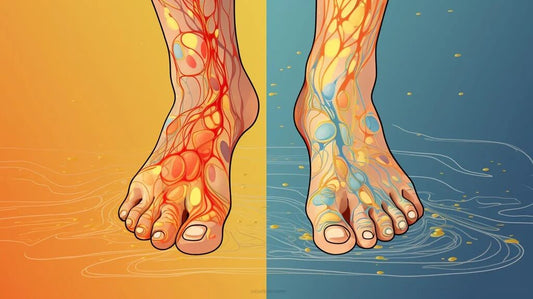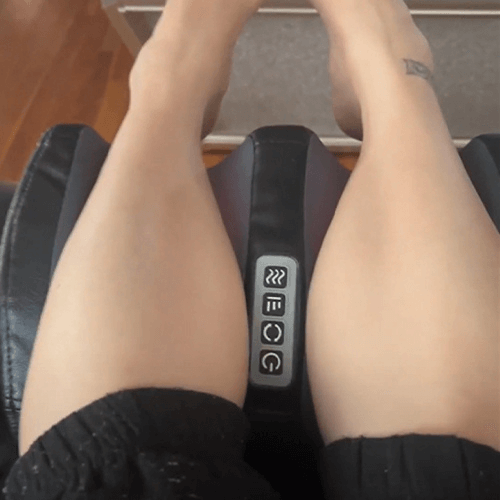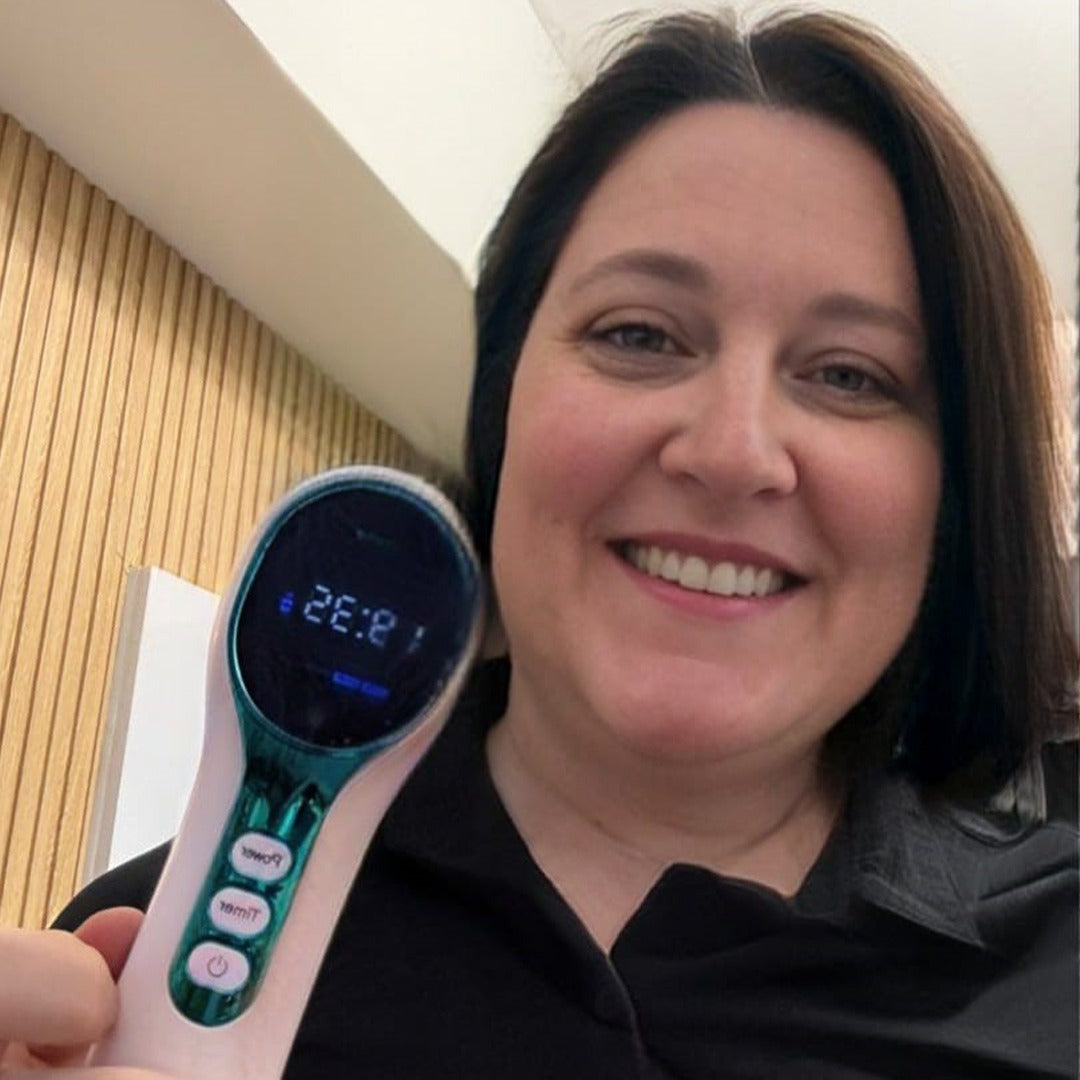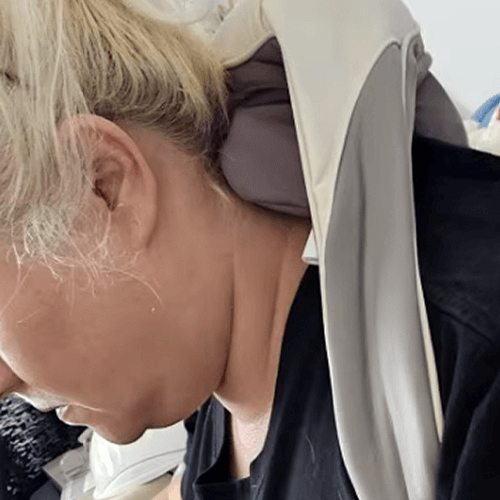If you're living with knee arthritis, you already know how frustrating it can be—aching joints, limited mobility, and the constant question: Is surgery my only option?
Here's the truth: it's not.
While surgery might be necessary for some people down the line, there are plenty of non-surgical treatments that can help you manage pain, stay active, and keep your knees functioning longer.
This guide breaks down 10 effective strategies—simple, practical, and backed by real experience. Some you’ve heard of, some might surprise you.
The goal? Help you feel better without going under the knife.
1. Modify Your Activities (But Keep Moving)
The first and most important step? Keep moving.
It might sound counterintuitive when your knees hurt, but movement is crucial. That said, not all movement is created equal.
If a particular activity is causing serious pain—like running stairs or high-impact workouts—consider modifying it or swapping it for something gentler.
Think biking, swimming, or walking on softer surfaces. Keep the body in motion, just in a way your knees can tolerate.
2. Lose a Bit of Weight (It Adds Up Fast)
Extra weight puts more pressure on your knees—especially when you're going up and down stairs, where the force can be up to seven times your body weight.
Imagine carrying around a backpack filled with 30 pounds of butter. Now imagine taking it off. That’s what weight loss can feel like for your knees.
The good news? Whether it’s 30 pounds of butter or kale, dropping a few pounds through healthy eating and movement can make a big difference.
3. Try Physical Therapy, Massage, or Acupuncture
Physical therapy (or physiotherapy, depending on where you live) isn’t just about stretches—it's a targeted way to build strength around the knee joint, improve function, and reduce pain.
Add in some massage or acupuncture, and you might be surprised how much better your knees start to feel. These methods don’t fix the arthritis, but they help you manage it more comfortably.
4. Consider Braces and Orthotics
Depending on where your arthritis is in the knee—inner side, outer side, or behind the kneecap—a brace might help redistribute weight and ease pressure on the sore spots.
Custom braces can even realign the knee slightly, especially if you’re bow-legged or knock-kneed.
Orthotics (shoe inserts) also play a role by adjusting how your feet strike the ground, which can reduce knee strain.

5. Rethink Your Diet
Certain foods can trigger inflammation, which is the last thing you want if you're dealing with arthritis.
Here’s what to cut down on:
-
Alcohol
-
Sugar
-
Refined grains
-
Ultra-processed foods
Instead, focus on fresh meats, vegetables and fruits, and only use olive oil, avocado oil or coconut oils.
Small changes can go a long way in how your knees feel day to day.
6. Over-the-Counter Meds (Used Wisely)
Medications like acetaminophen (Tylenol) and NSAIDs like ibuprofen or naproxen can help reduce pain and inflammation.
They’re widely available, but they aren’t risk-free.
Acetaminophen can affect your liver, and NSAIDs can impact your kidneys or cause ulcers—so it’s important to use them cautiously and not rely on them long-term.
7. Supplements (Mixed Bag, But Worth a Try)
Supplements like glucosamine, chondroitin, turmeric, and MSM have loyal fans and some promising anecdotal support—but the science is mixed.
They’re generally safe, so the biggest “risk” is usually just financial. Some people swear by them; others see no change.
Try them out and see how your body responds.
8. Prescription Medications
Sometimes over-the-counter meds just don’t cut it. That’s where prescription medications can help—stronger or newer versions of anti-inflammatories that may be easier on the stomach or more targeted to joint pain.
While opioids are technically available, they’re not recommended for arthritis pain due to dependency risks and side effects.
9. Topical Treatments
Creams, gels, and patches can provide targeted relief right at the knee. Options include anti-inflammatories, local anesthetics, and even CBD products.
They don’t absorb much into the bloodstream, which means fewer systemic side effects. About half of people find them helpful—which, for something this safe, is a pretty solid success rate.
10. Injections
If you need a little extra help, injections can offer relief right inside the joint.
Here are a few types:
-
Corticosteroids: Powerful, short-term relief. There's some debate about long-term effects, but for already-damaged joints, the benefit may outweigh the risk.
-
Hyaluronic acid: A natural substance in joint fluid that declines with arthritis. Injecting it can help lubricate the joint and support cartilage health.
-
Local anesthetics: Often mixed with the above for immediate relief, although the effect is temporary.
Bonus: Ice It!
Easy to forget, but incredibly effective. Ice is cheap, safe, and works quickly to reduce pain and inflammation.
Just be careful not to overdo it, you can actually get frostbite from ice packs. Use a towel or cloth barrier and limit to 15-20 minutes at a time.
Key Takeaways
-
Treating knee arthritis without surgery is not only possible, it’s often the preferred first step.
-
A personalized mix of strategies (movement, diet, support tools) tends to work best.
-
Non-surgical treatments can significantly reduce pain and improve quality of life.
-
There’s no one-size-fits-all solution, try different approaches to see what works for you.
-
Always consult a healthcare provider before starting new treatments, especially medications or injections.
-
The goal isn't just pain relief... It's getting back to doing the things you love, comfortably and safely








